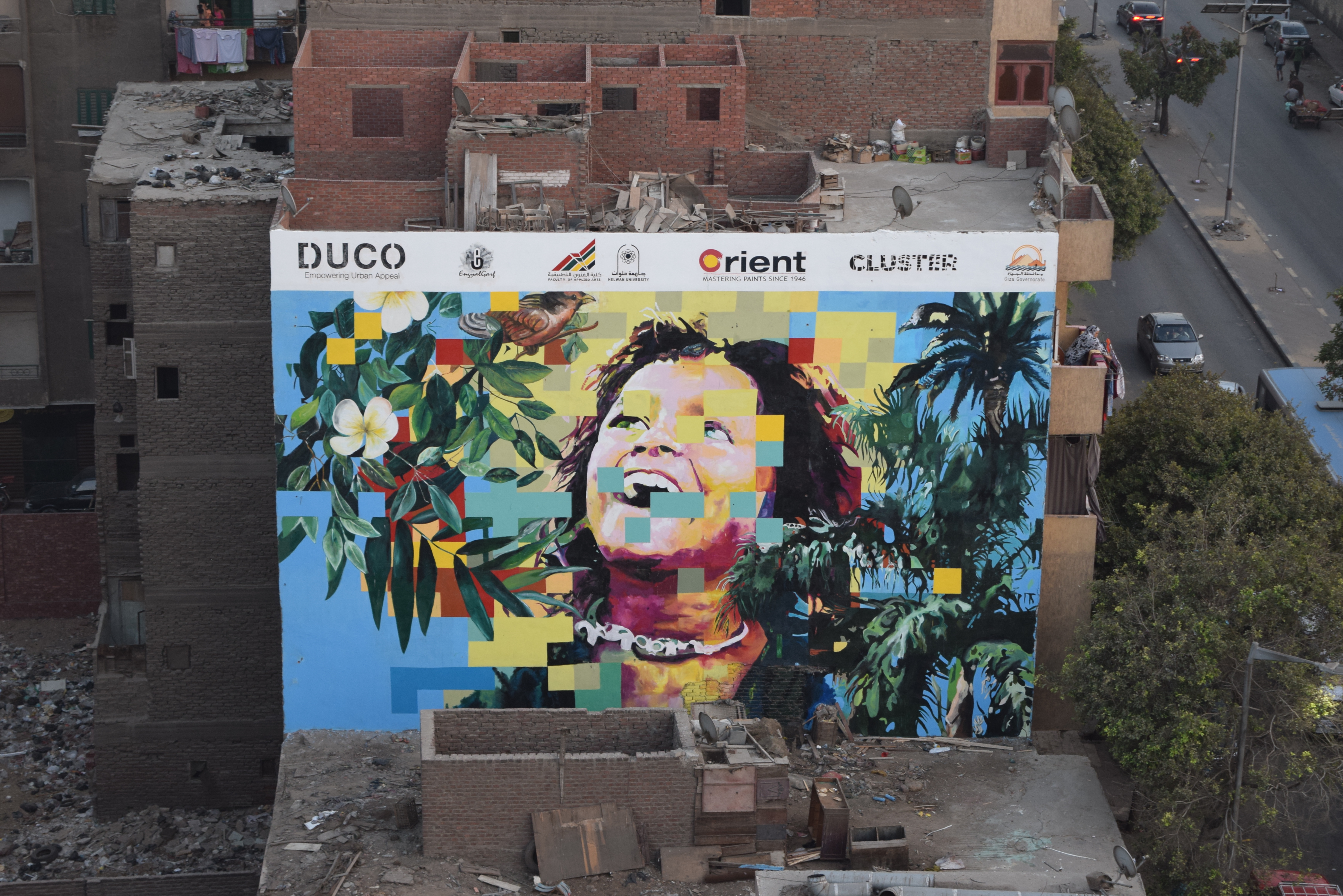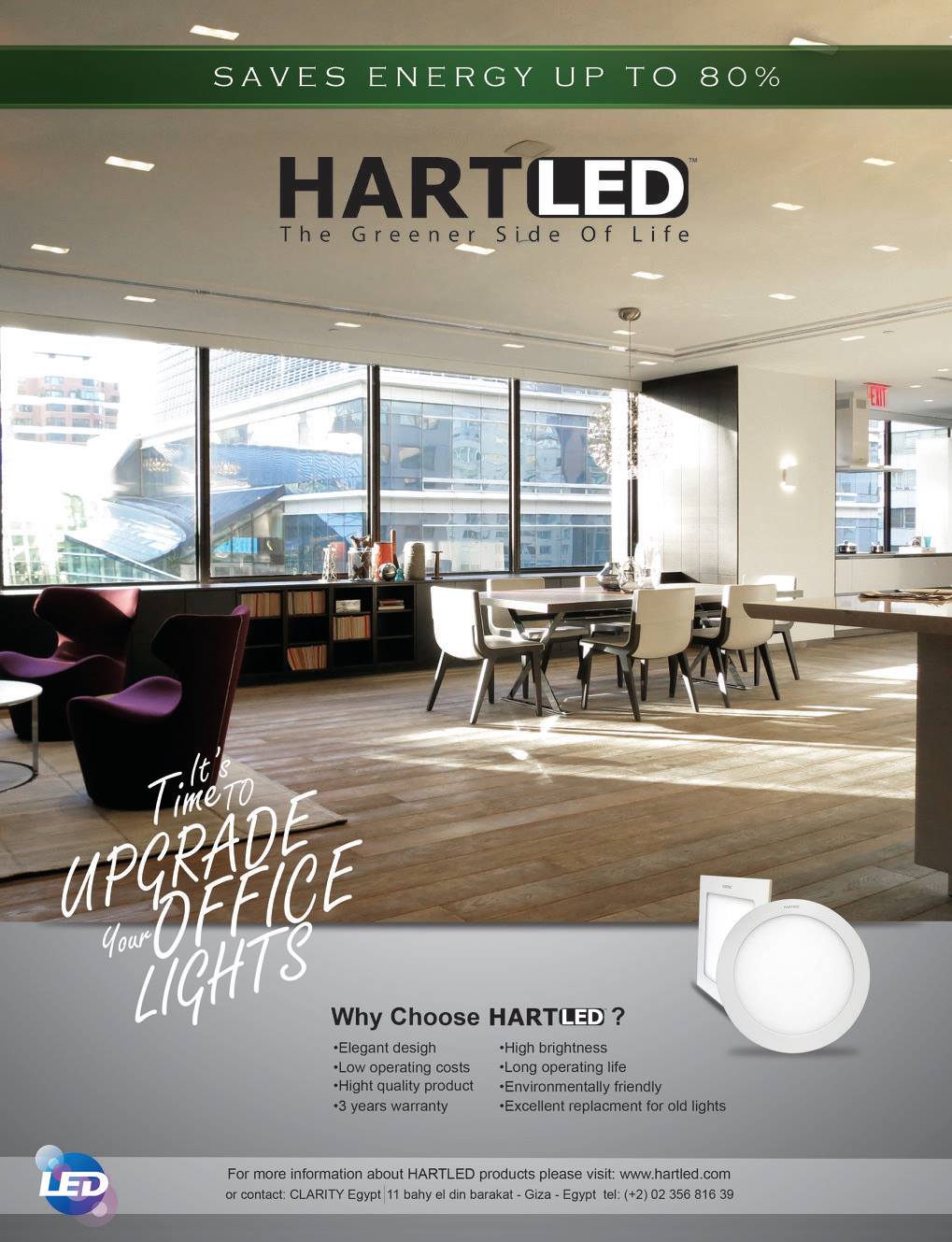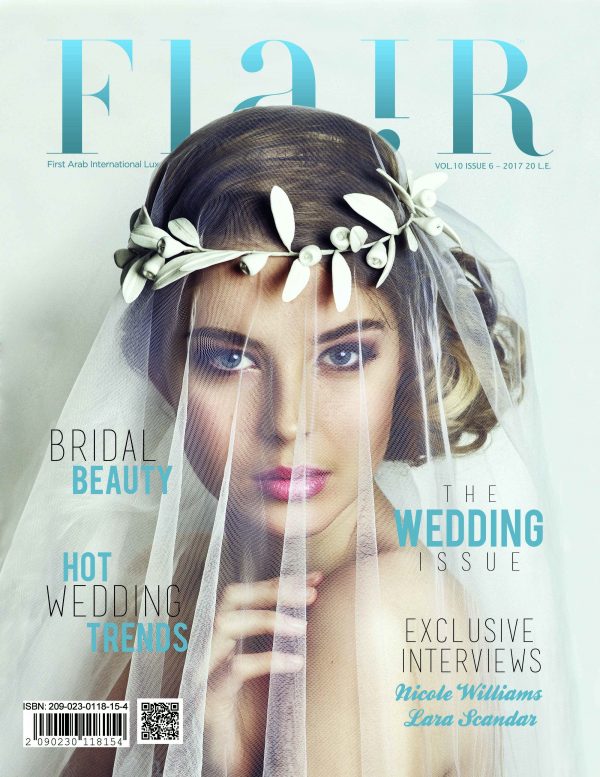After failing to get her paintings into art galleries around Egypt and getting rejected for not having a “deep enough story”, Engy Al Garf, 28, decided that the perception of what a successful artist looks like had to change. Frustrated with the routine and limits of traditional art, Engy started exploring other art methods like sculpture design and more recently, street art. Thanks to her, if you pass now by Salah Salem Street in Gizah, you will see a stunning mural of a smiling face surrounded by greenery to promote a greener Egypt. We sat down with the unconventional artist and talked art, murals, and future plans.

Growing up with a passion for art, how did you pursue it as a career?
I have that cliché backstory of the girl that had been into art since she was little. When you grow up and you go to university, that passion for art gets neglected. I originally wanted to be an art major but my parents argued that I would end up being an art teacher and it’s not really a career, so I studied mass communication instead. After that, I worked in advertising for a while as an account manager. I picked advertising because I thought it would be creative and if I were about to take on a new project they would tell me the sky is the limit and let me soar. Real life looked more like a lot of emails and boredom, so I just quit. Then a relative of mine asked me to paint something uplifting in the hallways of a hospital and I really enjoyed that. I started also doing commercial art like paintings of butterflies, flowers, Batman and Superman designs for furniture and vintage stores. That was how I got started because I needed something that will sell since I didn’t have any money.
How would you say the graduate program in Florence affected you as an artist?
I traveled to Italy for four months for a workshop in Florence. I loved it because it changed my perspective as an artist and I got to learn more about my personal aesthetic and what I wanted to further explore in art, which is mainly portraits. I love drawing faces and showing complexity and emotions, especially of people I don’t know.

What is the art process you go through when it comes to privately commissioned paintings?
If they’re commissioned, usually the client would tell me more or less what style (if for example, it’s something that’s completely abstract or more portrait-like) and what color scheme to use. I try to stick as much as I can to those specifications but I always end up adding my own touch into it, as well. So, I sketch their input and once it’s approved, I start the painting process. I really enjoy my studio work, though, where I get to be myself completely and do whatever I want.
Was it a challenge for you to start painting on walls or something you always imagined yourself doing?
At first, I only stuck to paintings and tried to get them into galleries but if you think about it, galleries are not accessible to everyone. I like that accessibility that comes with street art, where passersby get to see your work and ask you about it while you’re painting on-site. I love that. Of course, challenges or rather things I had to overcome in my head included fear of verbal harassment in the street, doing something we all learned to be taboo growing up – you know, the idea of painting on a wall – and falling off the wooden lift held by just ropes. In reality, people were very supportive and cheered us on when they saw us, and I had a lot of practice painting on coffee shops and ice cream stores and working with Heytan and Jidar before my big project with DUCO.

How did your collaboration with DUCO for the Gizah mural come about?
For every project that I took part in in the past 3 years, I was contacted on Instagram. DUCO was looking for a street artist with a design that Giza Governorate would approve, so they challenged me to do it, and thankfully it was approved.
How did you plan for such a big work of art?
I was used to painting portraits by stepping back, making sure the proportions are right and looking at them in big picture. The challenge with this project was that the wall was huge and right in front of my face. Not to mention that the wooden lift was actually covering most of it. We came up with a gridding system where you divide the mural into smaller squares and I could paint it step by step. It turned out to be a lot simpler than I thought.

What was the theme behind it?
GIZ and Cluster are doing green technology projects in this area. They have solar panels and green roofs, so they wanted the mural to commemorate that. They also wanted to incorporate colors that reflect the heat maps that they were monitoring. What you see in the final mural with the green and red grids is what we came up with, along with the girl smiling. They wanted something positive and simple for passersby to enjoy even if they don’t know exactly what it’s about.

What would you say is your signature art style?
I feel like I don’t have a signature style yet. What I know is that I love painting faces and contemporary styles. I don’t want the portraits to look very realistic. I like to convey the message more through brushstrokes and colors. I’m also learning how to incorporate my personal style into street art but I’m still exploring.
Are there any new art ventures you plan to take up in the future?
I’m moving to the U.S. with my husband soon while he does his residency. Up till then, I have a few commissions to work on here. In California, I will probably be working on some murals that I’ve been planning for. I’m excited because the street art scene in the U.S. is very mainstream right now and I’d like to take part in it while it is in demand.

By Sarah Guirguis



